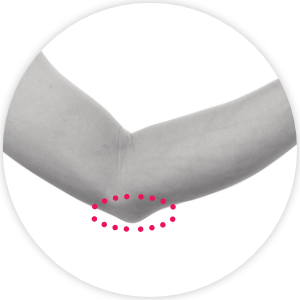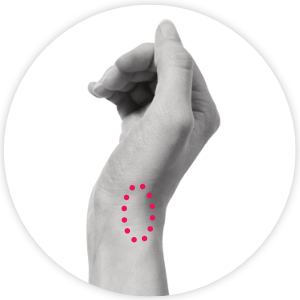the knives of the Kemis® range are single-use manual minimally-invasive percutaneous knives, for transient use to cut soft tissues during surgical procedures.
The Kemis® knife range currently consists of two different knives. Each of them have been specifically designed to treat a large number of applications whilst preserving the surrounding soft tissues:


Please find below a non-exhaustive list of applications that the Kemis H3 knife can be used to treat:
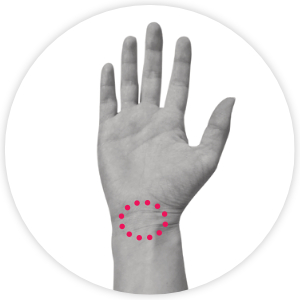
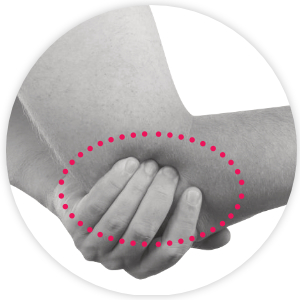
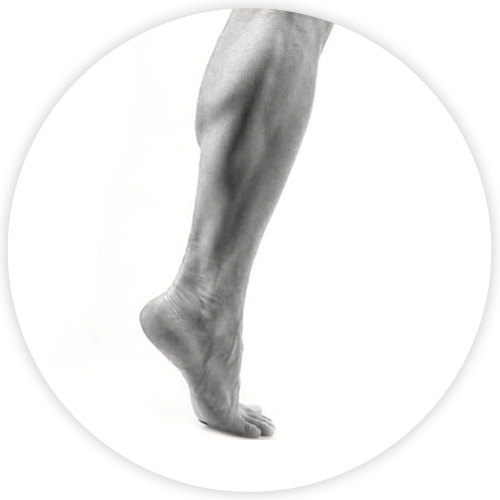
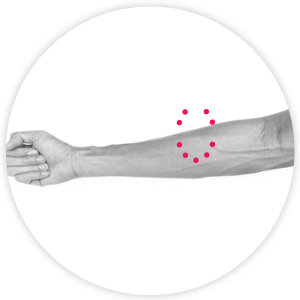

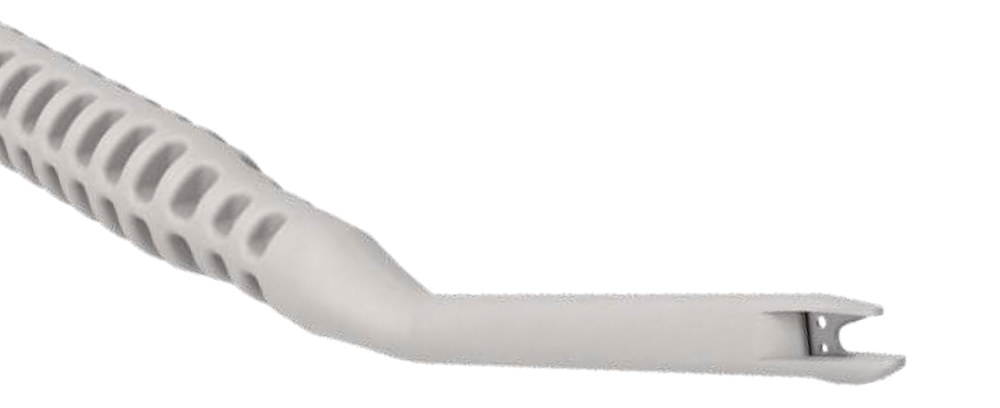

Please find below a non-exhaustive list of applications that the Kemis H1 knife can be used to treat:

